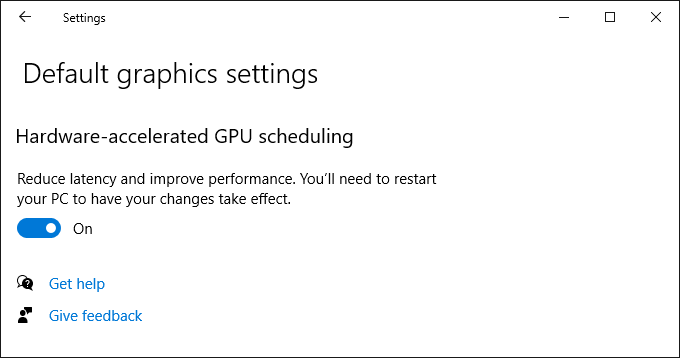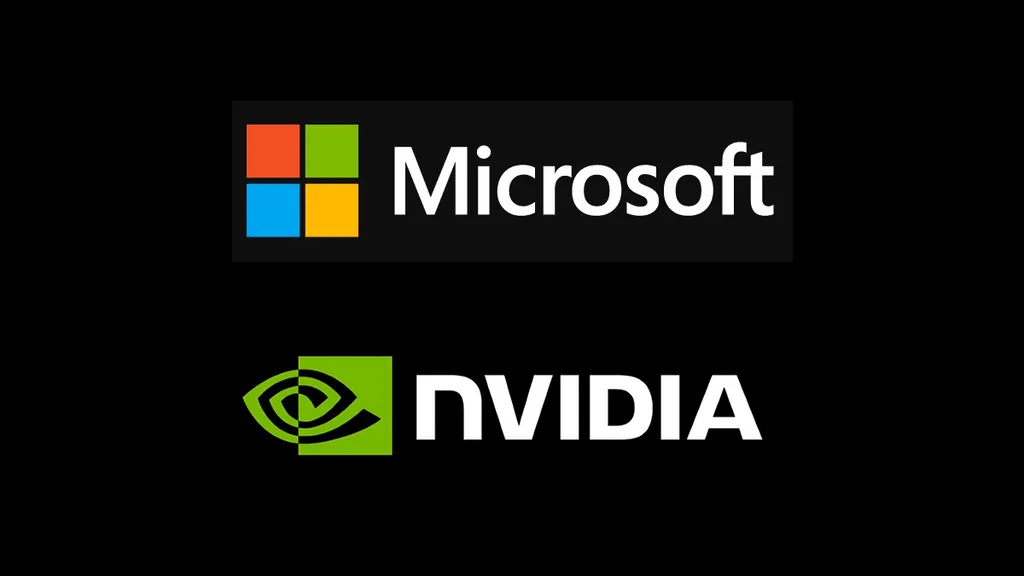A new setting in Windows 10 increases graphics performance, according to Microsoft and NVIDIA.
Called ‘Hardware-Accelerated GPU Scheduling’, the feature allows your graphics card to manage its own video memory (VRAM) instead of the operating system.
Microsoft’s description simply states ‘Reduce latency and improve performance’, but NVIDIA’s wording is more cautious- “can potentially improve performance and reduce latency”.

The feature was introduced in the Windows 10 May 2020 Update. NVIDIA’s latest GPU driver (451.48), released today, adds support for it.
There’s no word yet on AMD support, but an AMD employee told fans on reddit to “please be patient”.
If you’re sure you have both Windows and your NVIDIA drivers up to date, you can enable the feature in the Windows 10 Settings. Open the System section and scroll down on the Display tab, and click ‘Graphics settings’ at the bottom. Once you’ve enabled the setting, restart your PC.
We tested the feature on both Oculus and SteamVR and found it did not reduce latency in VR, according to each platform’s debug tools. This suggests VR’s latency bottleneck lies somewhere else.
However, framerate did seem to improve in games where performance is usually an issue, so we’d still recommend trying the feature out.
Will you be enabling Hardware-Accelerated GPU Scheduling? Please let us know in the comments what effect it has on your rig!


























